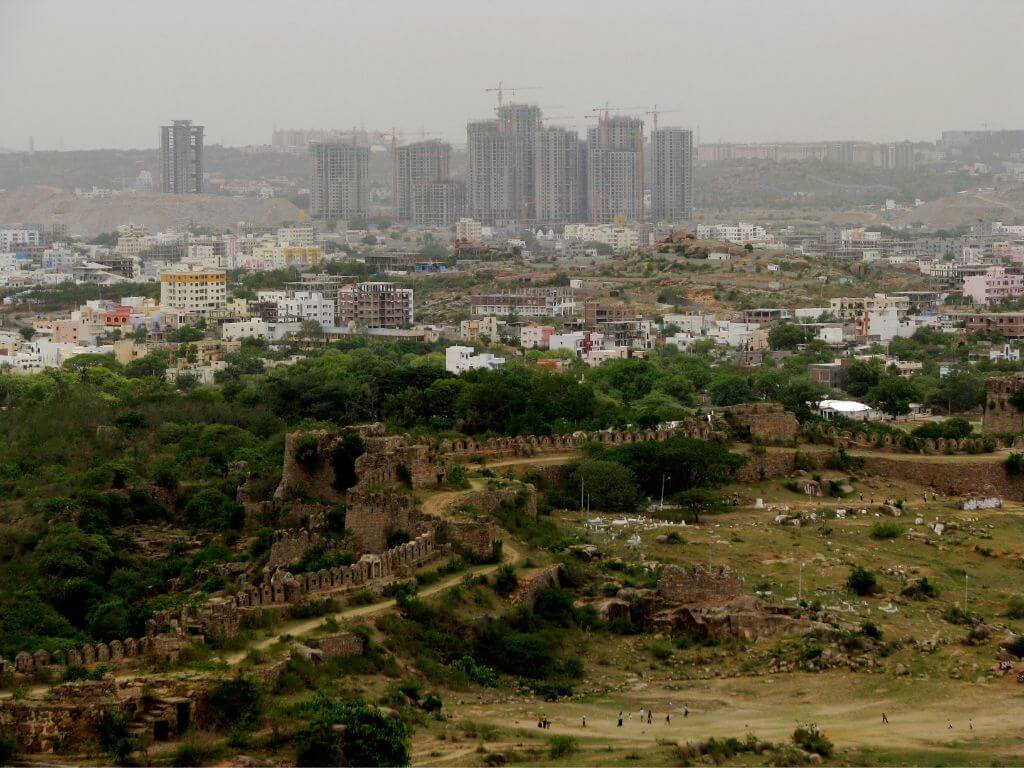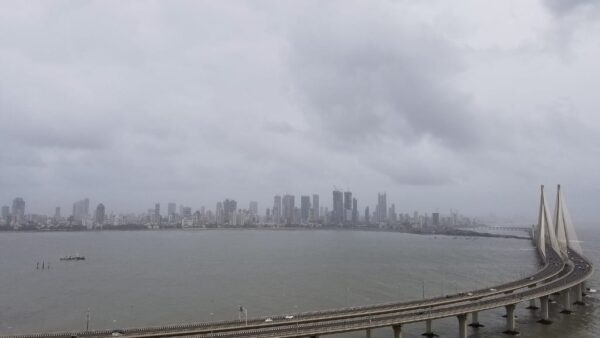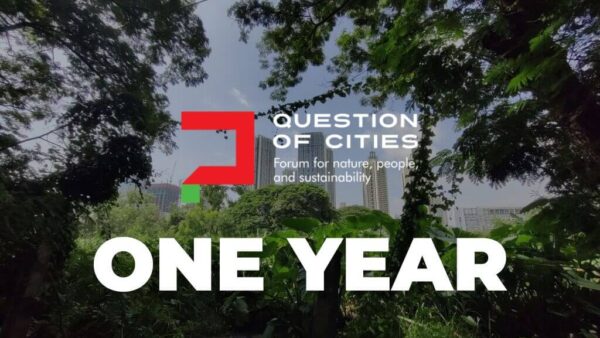“In great cities, spaces as well as places are designed and built: Walking, witnessing, being in public, are as much part of the design and purpose as is being inside to eat, sleep, make shoes or love or music…and the ideal city is organised around citizenship — around participation in public life.” To this evocative description of an ideal city that Rebecca Solnit, author and activist, draws up, we should add the element of nature and ecological sustainability.
Cities are indeed fascinating – inviting and deterring people at once, promising us liberty and equality while being unequal places, dynamic and ever-changing yet conforming to the larger profit-driven vision of urban development, built at the cost of their natural ecology and suffering its impact, crucible of ideas and movements over time. Indian cities are old and historical, ancient and colonial. India’s cities are also new, modern and evolving.
Seventy-five years after independence, with nearly 500 million people living and working in the large metropolitan centres as well as smaller cities, after lakhs of crores of rupees have been invested into building them, what is evident is that most of our cities are neither habitable and equitable for all nor are they ecological sustainable and resilient especially to extreme weather events triggered by Climate Change. Why are our cities so broken, polluted and uninhabitable for millions who live in them? How can we build better cities? Who builds them, for whom? Why is it important to foreground voices of the marginalised in making our cities? Question of Cities focused on these and similar questions in thematic editions every fortnight for a year, taking a long hard look at cities to signal what was wrong and needed improvement.
As a part of this endeavour, we have drawn up a charter of demands that city administrators, policy makers and planners could reflect upon. This Charter, in the best tradition of Question of Cities being a forum, is drawn from ideas of many of our contributors.
Question of Cities’ Charter for Cities
To make cities across India, large metropolitan ones as well as smaller cities, ecologically sustainable and socially equitable, Question of Cities draws attention of governments, policy makers and planners to the points below and calls upon them to take appropriate action:
1) NATURE-LED PLANNING, NATURE-RESPONSIVE CITIES
It should be sine qua non that cities cannot be planned and made for only a few or at the cost of environmental damage. Cities have to be planned and built in a balanced manner, allowing their natural ecology – rather than bending it – to guide urban development plans so that they can better address the impact of Climate Change in the decades to come. Nature-led planning of cities, or nature-responsive cities, is the way forward especially as India’s cities combat extreme weather events.
More green spaces are an important point on the agenda. Dr Minal Pathak, professor at Ahmedabad University’s Global Centre for Environment and Energy, and one of the lead authors of the Intergovernmental Panel on Climate Change (IPCC) report last year, suggests that “building liveable and vibrant cities with more manageable travel distances with public transport, less pollution and a large number of green spaces, and more equity is not rocket science. It is what everybody wants for their city, it is not complicated.”
Dr Harini Nagendra, professor of sustainability at Azim Premji University, also argues for greens in a city. “It’s the liveability and walkability of a city – the fact that you can gather in these green spaces to meet people, talk to them, and do things together. That’s really what I’m looking for. I think solutions have to be what Elinor Ostrom called polycentric. You need multi-levels, all the different agencies within the government, to communicate and think of what they can do together for cities.”
Conservation of a city’s natural areas such as its water sources is important too. With sea fronts, rivers, lakes, ponds and water bodies coming under stress due to development and pollution, cleaning and restoring them is a key concern. Himanshu Thakkar, coordinator of South Asia Network on Dams, Rivers & People (SANDRP), says of the Yamuna River, “In the coming years, the plan should be to have major improvements to make the Yamuna flowing through New Delhi as one of the cleaner rivers, thriving and biodiverse. It will need a road map with a declared intention by the central and Delhi governments to jointly evolve a policy. The same goes for other water-related issues in Delhi.”
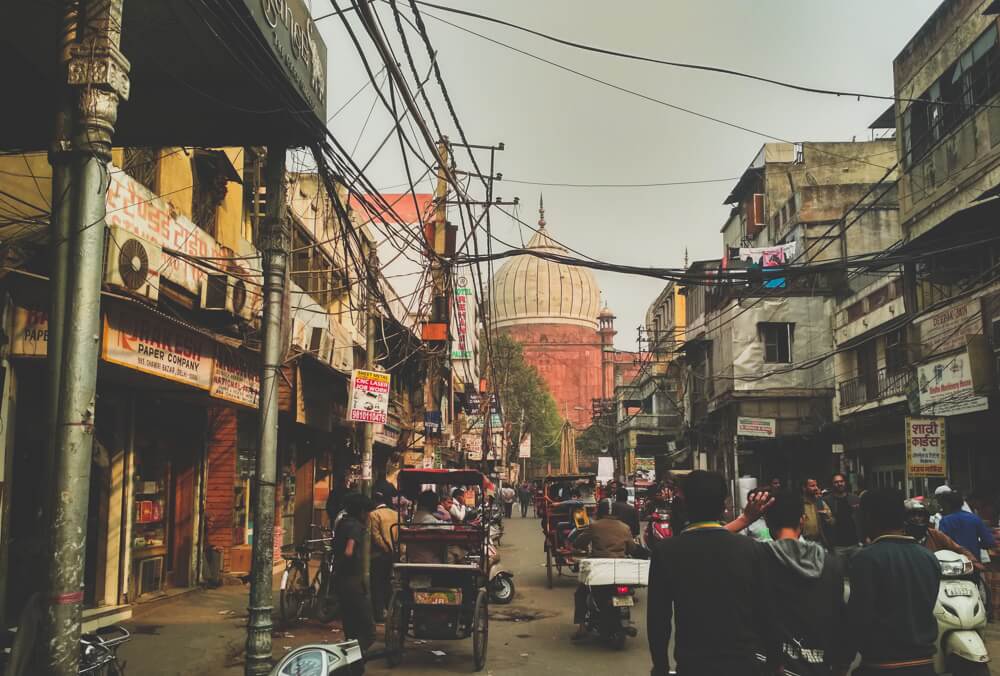
Photo: Aquib Akhter/Unsplash
2) INCLUSIVE CITIES, INFORMAL ECONOMY
Cities, while offering tremendous opportunities and freedoms can also become restrictive in many ways for millions of people who gain little from the mega infrastructure projects labelled as development projects. Housing, for example, remains skewed in most Indian cities with the market geared towards supplying high-end homes while the large majority waits endlessly for affordable homes. Similarly with public spaces which are either shrinking or shutting out the masses.
Hussain Indorewala, urban researcher pursuing his PhD at IIT-Bombay, elucidates thus: “As an idea, the city represents the ideal of civic commonality and equal opportunity. In reality, cities are shaped by power and profit, rather than to secure the welfare of those who build them and labour in them, but the possibility of liberty and justice is real. We could interrogate our cities with the Rawlsian difference principle: Are social inequalities to the greatest benefit of the least advantaged? The truth is that the extreme social inequalities are structurally advantageous to the political and economic elite.”
Anu Sabhlok, Professor in the Department of Humanities and Social Sciences, Indian Institute of Science Education and Research (IISER), at Mohali, wants “Chandigarh to become a more inclusive city, public spaces open for diverse groups of people, and housing in the city to become more mixed…I am not saying we should build shanty towns (next to elite apartments) but I wish more diversity can be infused in multiple ways in the sectors throughout the city.”
Mansee Bal Bhargava, Ahmedabad-based architect working on water governance and sustainability, recommends that “cities are designed for people and informal sectors rather than for cars” and suggests: “I live in a newly developed area of Ahmedabad. I don’t see much life on the streets, it’s a machine. But the old city comes alive because it’s where people socialise and interact. We should aim to have cities where we can see people of different colours, castes and religions.”
3) BASIC AMENITIES IN PUBLIC DOMAIN
In the neo-liberal making of cities in India, significant and necessary elements of the urban life – housing, transport, health, education, and recreation – have been increasingly out-sourced to private entities or left to market forces. Cities cannot be built by private capital alone, they need government intervention to ensure that basic minimum amenities are available to most people. If crises such as the pandemic, intense flooding, and heat waves have left behind a lesson, it is the renewed importance of public facilities and response systems.
Basic amenities need a significantly higher presence in the public domain. As development and redevelopment in the housing sector gather momentum in India’s cities, driven more by profit-making enterprises than public policy, and millions end up living in shanties or slums year after year, the need for a significant share of public housing was never greater. Similarly for other amenities – the more public they are, the more available and accessible they are to people.
Anu Sabhlok suggests that “Cities need to become more liveable with more diversity, more green areas, wider pavements, more public transport where pedestrians are prioritised over cars. Cities are fun places to be in. They must be made comfortable and aesthetic for all who live in them, not just a few.” Dr Pranay Kumar Swain, Professor of sociology at National Institute of Science Education and Research, says of Bhubaneswar, one of independent India’s first planned cities: “The city is beaming with investment in the services sector but I want to also see a boost to public transport, public amenities like parks and playgrounds, regulated market areas offering better experiences, underground electrical and gas lines, better drainage and sewage system, affordable housing for all the homeless and slum-dwellers.”
4) SAFETY AND GENDER-RESPONSIVENESS
How safe a city is for all its residents is a function of several aspects but rarely is urban design discussed as a factor influencing safety – or lack of it. It is a widely-accepted phenomenon now that the more mixed-use areas in a city, the safer they tend to be, rather than zoning the city into tightly demarcated single-use areas. Similarly, the more “eyes on the street” and “sidewalk ballets” there are, as Jane Jacobs famously described street life in New York, the safer the streets become.
Safety for all marginalised people, including all genders, cannot only be a law-and-order issue, it demands comprehensive attention from planners too. Shalini Singh, New Delhi-based journalist, says: “I would love to see Delhi shed its image of being one of the most unsafe cities in the country/world for women with real, solid changes on the ground — both logistically and socially. I want to see every citizen here, irrespective of their social and economic status, able to live and work with dignity.”
Dr Swain too has “a city which is safe 24×7” on his wish list – a desire articulated by many. From Imphal, where communal clashes between Meitei and Kukis claimed lives this month, Urmi Burgohain, founder of PlaceMaking Foundation who conducts Jane Walks there, expands the idea of safety in the context of recent communal clashes: “I wish that Imphal again becomes a place of hope and promise for the younger generation. I dream that the warring communities reach an understanding as to how to co-exist peacefully and work together to rebuild the city.”
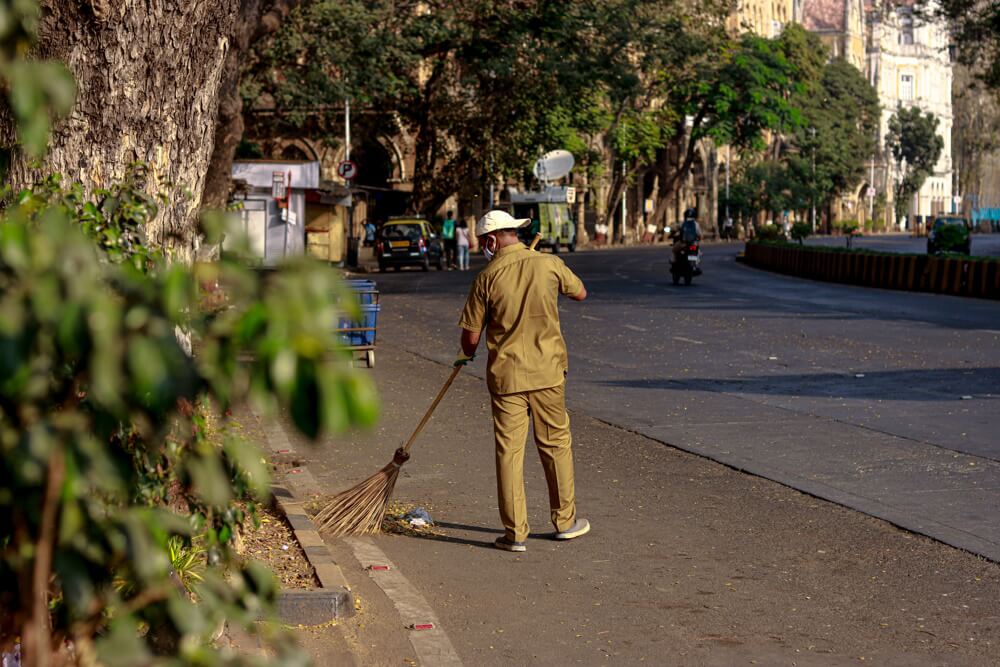
Photo: Tushar Gidwani / Unsplash
5) POLLUTION AND WASTE MANAGEMENT
The spectre of air pollution hangs heavy on a number of Indian cities which routinely make the top of the list of the world’s most polluted cities. It’s a dubious tag. More critically, it holds serious health hazards for millions who cannot shut themselves in rarefied air-conditioned spaces. Pollution, like heat, is a silent killer. It is time these were recognised as urgent issues to be addressed at multiple levels by governments and civic authorities.
Similarly, waste management requires more focused, structured, and thought through processes. The sector has some of the poorest people in a city working from collection to sorting, rag-picking and disposing. Manual scavenging is a blot on any city and violates the human rights of those forced to do it; the conditions they live in should shame a city’s planners and administrators. Untreated waste dumped in landfills or thrown into the nearest water source is a major concern too.
Addressing these calls for an urban renewal. Delhi-based Vivek Chattopadhyaya, principal program manager of the air pollution control programme, the Centre for Science and Environment, says: “A city can bend the pollution curve but only if a holistic approach is taken, the multi-sectoral plan is implemented, and more research data collection is done and, at the same time, evidence-based solutions are implemented and tracked with a sound monitoring framework. The city’s vision must include clean air and a clean environment; it must work towards it.”
6) DEMOCRATISE CITY-MAKING PROCESS
The idea that cities can be planned and built by a select few for the millions who live them has outlived itself. The top-down centralised planning, though an Indian favourite, needs to be replaced. Policy makers and governments resist the pushback to the top-down centralised approach but it is time they looked for alternatives.
There are many. Neighbourhood plans segueing into a city plan, inviting a range of stakeholders for honest deliberations before charting out plans, incorporating specific micro needs or demands of communities are some alternatives to ensure that city planning is not limited to powerful authorities, neo-liberal interests, policy makers and professional planners. Planning and building of cities have to be more democratised.
Dr Amita Bhide, Professor of Habitat Studies at the Centre for Urban Policy and Governance, Tata Institute of Social Sciences (TISS), calls for more deliberations: “The deliberative processes are extremely critical because we are simultaneously grappling with multiple challenges…Both sustainability and equity have to be negotiated processes. I think often that we are neither sustainable nor equitable, we don’t think through the consequences and the outcomes of projects at all…In Mumbai, everything is about construction, there is never any deliberation on public places required or social events, or how to manage these, or what the challenges are. There are just no deliberations.”
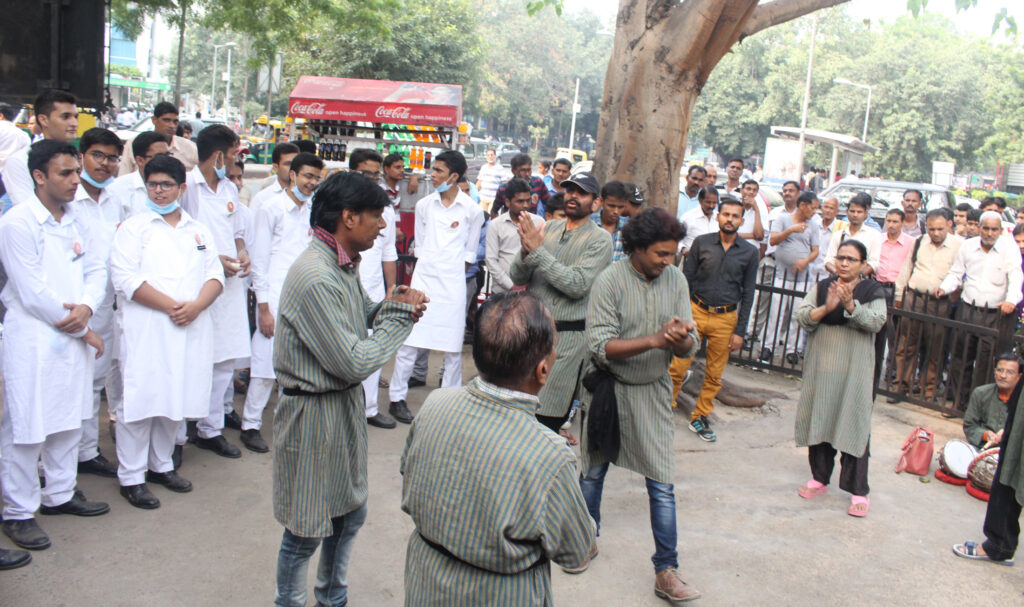
Dr Nagendra recommends people and governments working together. “Citizens are working as much as they can. Across Indian cities, nature is still surviving and the environment is still making life livable because people are getting together and fighting for it, but there’s some way where they could network and work with the government, it would grow in strength. Now, they are batting their heads against the government, when they find a responsive officer something gets done, but I would like to see citizen groups and the government working together to transform cities.”
Democratisation is necessary to address inequalities too. “As long as social inequalities persist, it will be difficult to ensure a minimal standard of living for all, and even more difficult to reduce inequality. Suppose we begin with the following principle of urban development policy: ‘people and groups must have decision-making influence in proportion to the extent to which they are affected by the decision.’ That would be a useful starting point,” suggests Indorewala.
Democratising and deliberating are important as cities become beehives of vast amounts of data. Which authority has access to whose data, how much data is to be collected from citizens, how is the data used to improve the city are all issues that go beyond catchphrases such as the Smart City Mission and demand debates. Khaliq Parkar, urban sociologist studying the Smart Cities Mission (SCM) in Bhubaneswar, says, “For a city racked with cyclones and storms, even flooding during moderate rainfall, there does not seem to be a clear long-term strategy. I would like to understand how the authorities plan to use environmental data acquired under SCM for future planning.”
Overall, it is a city’s environment that we at Question of Cities and most contributors circle back to. “A sustainable and equitable city will always give due ‘value’ to environment, public health (not just treatment, but prevention), a better environment for children and the elderly and other vulnerable groups, safe public spaces, greenery; tough action on polluters on the action so that they also understand that environmental protection is as important as production and profit,” says Vivek Chattopadhyaya.
Cities cannot – must not – be the playgrounds of only a few rich people. Mumbai-based journalist Naresh Fernandes speaks for many: “Cities in which I feel at home have a paradoxical quality: they give me a sense of belonging, even as they afford me a sense of anonymity. They are marked by a spirit of inclusiveness. They provide facilities for transport, education and recreation that are accessible to all — and affluent citizens use them as regularly as those from marginal groups, acknowledging their common humanity. I would like Mumbai to regain its spirit of inclusion, completely dropping the word “exclusive” from its aspirations and vocabulary.”
Cover photo: Hyderabad; Wikimedia Commons

